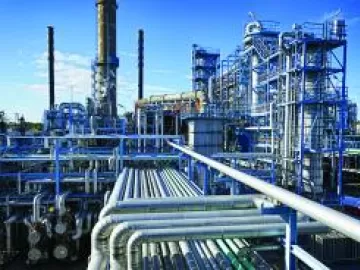Xebec Membrane/PSA Hybrid Systems for Biogas
In rural China, approximately 30 million households receive cooking fuel from super-small anaerobic underground digesters? China is just starting to look at industrial biogas upgrading in a serious manner. The market is in its’ infancy but we believe in five years it will be the biggest biogas market in the world. Incineration is not popular as it requires a lot of energy. Here we have many manure-based issues. Soil and water contamination in densely populated areas can lead towards anaerobic digester projects. Today there are very few projects although we are doing one right now in northern China.




